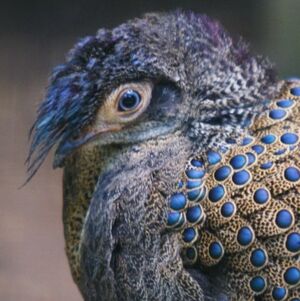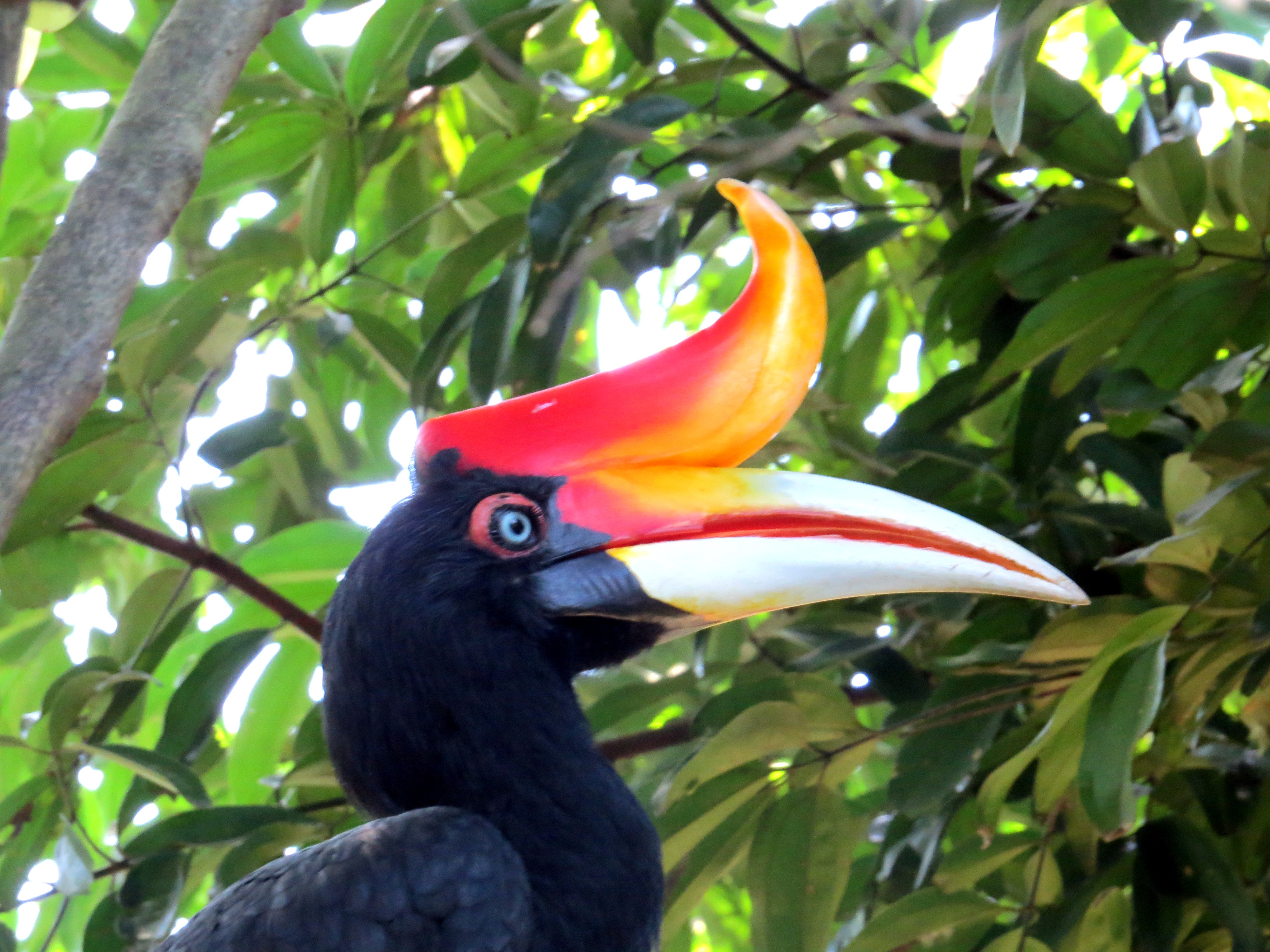 Today I left, from Kuala Lumpur, Malaysia and will return home after a 28-hour flight to Dyersville, IA. As the #AgEd2Malaysia team had arrived in Malaysia 27 days ago. Our time has flown by- just as I was told it would. Our study abroad program has been an experience. I have tried to replace or come up with another word or perhaps a better word than experience. Yet, each time I try to come up with a better word I scratch it out. I think this is because there is no adjective to describe my experience in teaching and studying in a foreign country.
Today I left, from Kuala Lumpur, Malaysia and will return home after a 28-hour flight to Dyersville, IA. As the #AgEd2Malaysia team had arrived in Malaysia 27 days ago. Our time has flown by- just as I was told it would. Our study abroad program has been an experience. I have tried to replace or come up with another word or perhaps a better word than experience. Yet, each time I try to come up with a better word I scratch it out. I think this is because there is no adjective to describe my experience in teaching and studying in a foreign country.
 Over the course of this trip, I have often heard and found myself saying it is a “life-changing experience.” This may be true for some, but not for me. Every time I have been abroad studying the experience has taught me to bring myself to the world and bring the world to myself. For this typical exchange, it is something very different. I am the same person with additive perspectives. Studying abroad in Malaysia has provided me with teacher enrichment, opportunities that have empowered me to engage globally, and learn the intricacies. Studying abroad has given me a greater sense of the world and my place within it.
Over the course of this trip, I have often heard and found myself saying it is a “life-changing experience.” This may be true for some, but not for me. Every time I have been abroad studying the experience has taught me to bring myself to the world and bring the world to myself. For this typical exchange, it is something very different. I am the same person with additive perspectives. Studying abroad in Malaysia has provided me with teacher enrichment, opportunities that have empowered me to engage globally, and learn the intricacies. Studying abroad has given me a greater sense of the world and my place within it.
 During my time in Malaysia I lived in Johor Bahru at the Universiti Teknologi Malaysia (UTM), Kuala Lumpur, Sabah, Malacca, and FELDA Ayer Hitam Kluang with a host family. I was fortunate to interact with so many different nationalities, cultures, and lifestyles; no two people were alike. I am certain after what I have experienced that I have been fortunate enough to receive everything I could ever ask for in my life, and will never take the luxuries in my life for granted.
During my time in Malaysia I lived in Johor Bahru at the Universiti Teknologi Malaysia (UTM), Kuala Lumpur, Sabah, Malacca, and FELDA Ayer Hitam Kluang with a host family. I was fortunate to interact with so many different nationalities, cultures, and lifestyles; no two people were alike. I am certain after what I have experienced that I have been fortunate enough to receive everything I could ever ask for in my life, and will never take the luxuries in my life for granted.
The month spent in Malaysia was full of knowledge about tropical fruits, religious values, wildlife, and Malaysian secondary schools. I have prepared, instructed, and reflected for forms 2-5. (high school) The teams made up of one student from UTM, one per-service candidate, and one teacher candidate objectives where to always have cooperation, creativity, and innovation for the agricultural topic assigned to the Malay students.
During the classes I wanted to see the students become successful by showing engagement, collaborating with their peers, and the obvious one; excitement. Reflecting post workshop was beneficial to me, questioning myself what did I do to become a better Agriculture Educator? The impact of connection is so crucial for students. I want to be able to relate to the students; knowing the topic was relevant to the scholar. While I am sad to leave my UTM family and friends, I am feeling a lot of mixed emotions right now, but I most strongly feel a sense of appreciation and gratitude. Thank you #AgEd2Malaysia participants, Jeff Zimpleman Iowa Sister States Scholarship, and UTM for the experience abroad in Malaysia.
While I am sad to leave my UTM family and friends, I am feeling a lot of mixed emotions right now, but I most strongly feel a sense of appreciation and gratitude. Thank you #AgEd2Malaysia participants, Jeff Zimpleman Iowa Sister States Scholarship, and UTM for the experience abroad in Malaysia.
Ms. Kristi Mensen (@kristi_mensen) is a
pre-service agriscience educator candidate
at Iowa State University (@AgEds_IaStateU)
who graduated from
Hawkeye Community College
(@GALC_Hawkeye, @HawkeyeCollege)!



























